Search
Search Results
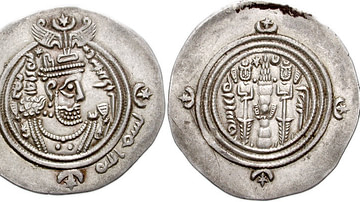
Image
Rashidun-era Islamic Coin
Islamic coin of Arab-Sasanian origin. From Bishapur, Persia. Made c. 651-661 CE, during the Rashidun Caliphate. Left: Sasanian style bust imitating Kosrau II (r. 590-628 CE). Right: Fire altar with ribbons and attendants, star and crescent...
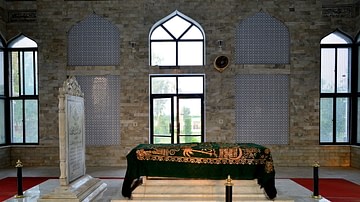
Definition
Muhammad Ghori
Shihab al-Din (also Muʿizz al-Din Muhammad ibn Sam), popularly known as Muhammad Ghori (r. 1173-1206 CE), was the Muslim ruler who laid the foundation for the subsequent Islamic ruling dynasties of India which saw its pinnacle later in the...
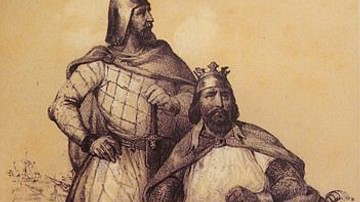
Definition
Roger I of Sicily
Roger I, also known as Roger Bosso (c. 1031-1101) was a Norman knight and adventurer best known for conquering The Emirate of Sicily during the 11th century. His lifelong efforts helped lay the foundations of a wealthy new Mediterranean state...

Definition
Umayyad Dynasty
The Umayyad Dynasty (661-750 CE), the first dynasty to take the title of Caliphate, was established in 661 CE by Muawiya (l. c. 602-680 CE), who had served as the governor of Syria under the Rashidun Caliphate, after the death of the fourth...

Definition
Abbasid Dynasty
The Abbasids were an Arabic dynasty that initially ruled over most of the Islamic empire (save some western parts) after assuming the caliphate in 750 CE, later on, their empire fragmented, however, they retained spiritual supremacy as caliphs...
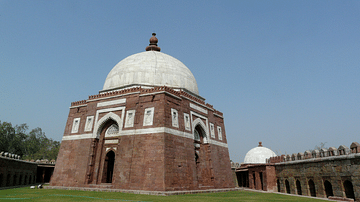
Definition
Tughlaq Dynasty
The Tughlaq dynasty (also spelt Tughluq), ruled the Delhi sultanate from 1320 to 1413. Followed by the Khalji dynasty and preceded by the Sayyids, the Tughlaq dynasty formed an important period in the history and culture of the Sultanate...
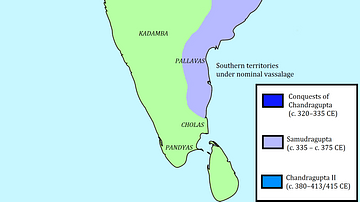
Image
Gupta Empire and Conquests
This map shows the conquests made by Gupta rulers in the 4th century CE and early 5th century CE. Of these three rulers—Chandragupta I, Samudragupta and Chandragupta II—Samudragupta’s conquests are the most important and the most extensive...
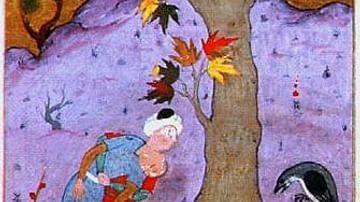
Image
Islamic Depiction of Cain and Abel
Cain burying his brother Abel, illustration from an Islamic illuminated manuscript of the Stories of the Prophets, 11th century CE. Cain and Abel were sons of the first humans Adam and Eve in the biblical Book of Genesis. Cain was a farmer...
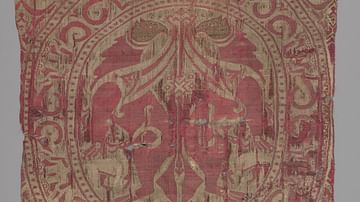
Image
Islamic Silk Tapestry
12th-century textile fragment from the Shrine of San Librada, Sigüenza Cathedral, Spain. The tapestry was likely taken from Almeria after King Alfonso VII of Castile captured the city. It features patterns that were popular among the taifas...

Definition
Ridda Wars
The Ridda Wars or the Wars of Apostasy (632-633 CE) were a series of military engagements between the armies of the Rashidun Caliphate (632-661 CE) and the renegade tribes of Arabia. The rebels had renounced their allegiance with the nascent...